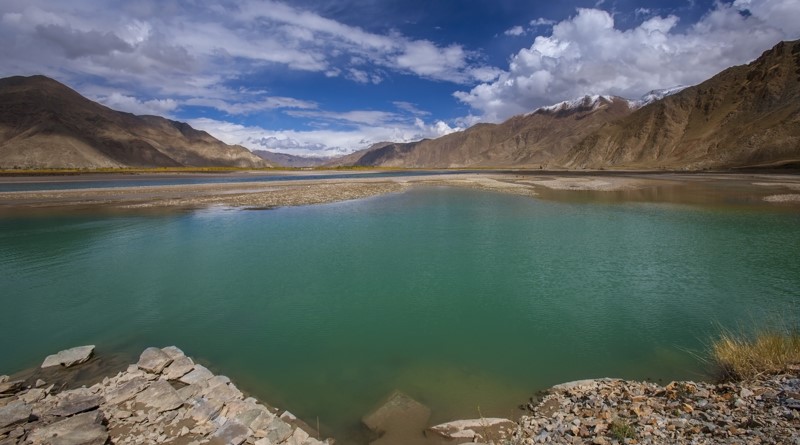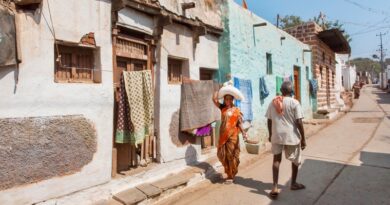India shows concern over China’s upstream Brahmaputra intentions, underlines lower riparian rights

The Centre has said any attempt by China to set up a hydropower station on the Brahmaputra River will act as an encroachment on the entitled rights of lower riparian states like India and Bangladesh and adversely affect the availability of water in its basin during the lean season.
India’s concern over China’s upstream intentions to build dams on the Brahmaputra River were discussed at a recent review meeting of Central Water Commission (CWC) by Minister of State for Jal Shakti Rattan Lal Kataria.
India and China have agreements in place relating to the provision of hydrological information during the flood season. There is also the Expert Level Mechanism set up in 2006 to discuss issues related to trans-boundary rivers like the Brahmaputra. But, no consultations have taken place between the two countries.
The Yarlung Zangbao River, originating in China, flows through Tibet and eventually becomes the Siang and Brahmaputra when it enters India. China reportedly has plans to build a mega-dam on the Yarlung Zangbao, the world’s highest river, a move that threatens to spark conflict with downstream India, a news report in the Asia Times said.
India remains concerned that its water interests may be compromised, particularly during the winter, when 80 per cent of the Siang River is fed by glaciers upstream of the proposed site. During the monsoon season, the Brahmaputra receives 90 per cent of its water from tributaries in India.
The issue again arose in November 2020, when the Power Construction Corp of China announced plans to construct up to 60 GW of hydropower capacity on the Yarlung Tsangpo River.
For its part, China insists that it has a legitimate right to develop hydropower on the river and that it “will continue to maintain communication with India and Bangladesh through existing channels.” It also sought to assuage concerns by stressing that the plans are still at a preliminary stage.
Meanwhile, India has responded with its own plans to build a 10 GW reservoir in Arunachal Pradesh to offset the impact of the dam upstream in Tibet by taking excess water discharge and storing water in the event of a deficit.
However, experts are calling the “dam-for-dam” response “short-sighted”. In an article on scroll.in, Partha Jyoti Das, head of the Water, Climate and Hazards Programme of non-profit Aaranyak and co-author of Damming Northeast India says the ecological costs of such an approach would be high and unlikely to “mitigate the adverse impact of the Chinese dam project”.
During the recent interaction with CWC, Kataria discussed flood forecasting and management as well as issue pertaining to flooding caused by Brahmaputra River. The CWC officials apprised about the need for setting up a project at Upper Siang/Brahmaputra, which shall be highly beneficial for Assam.


